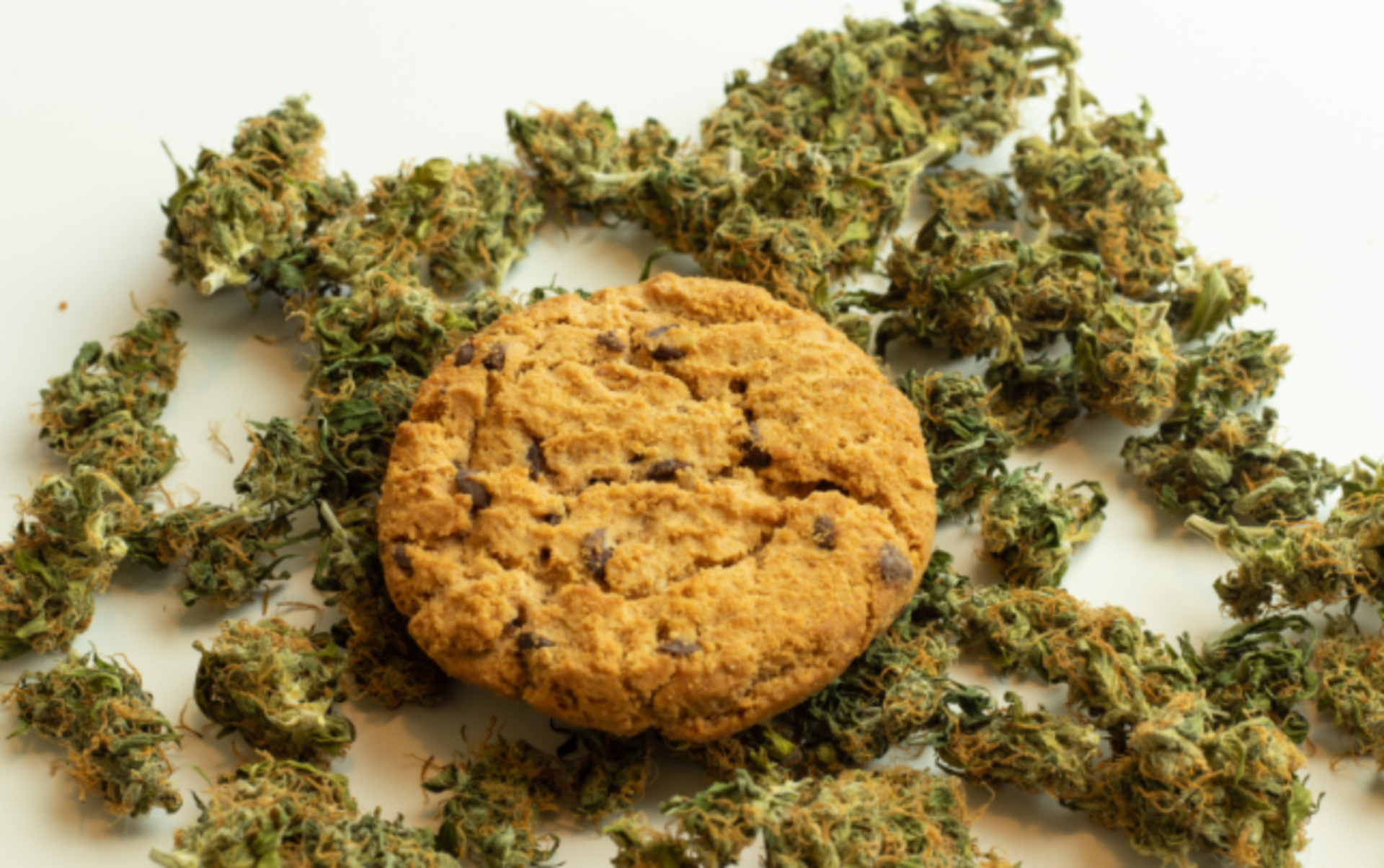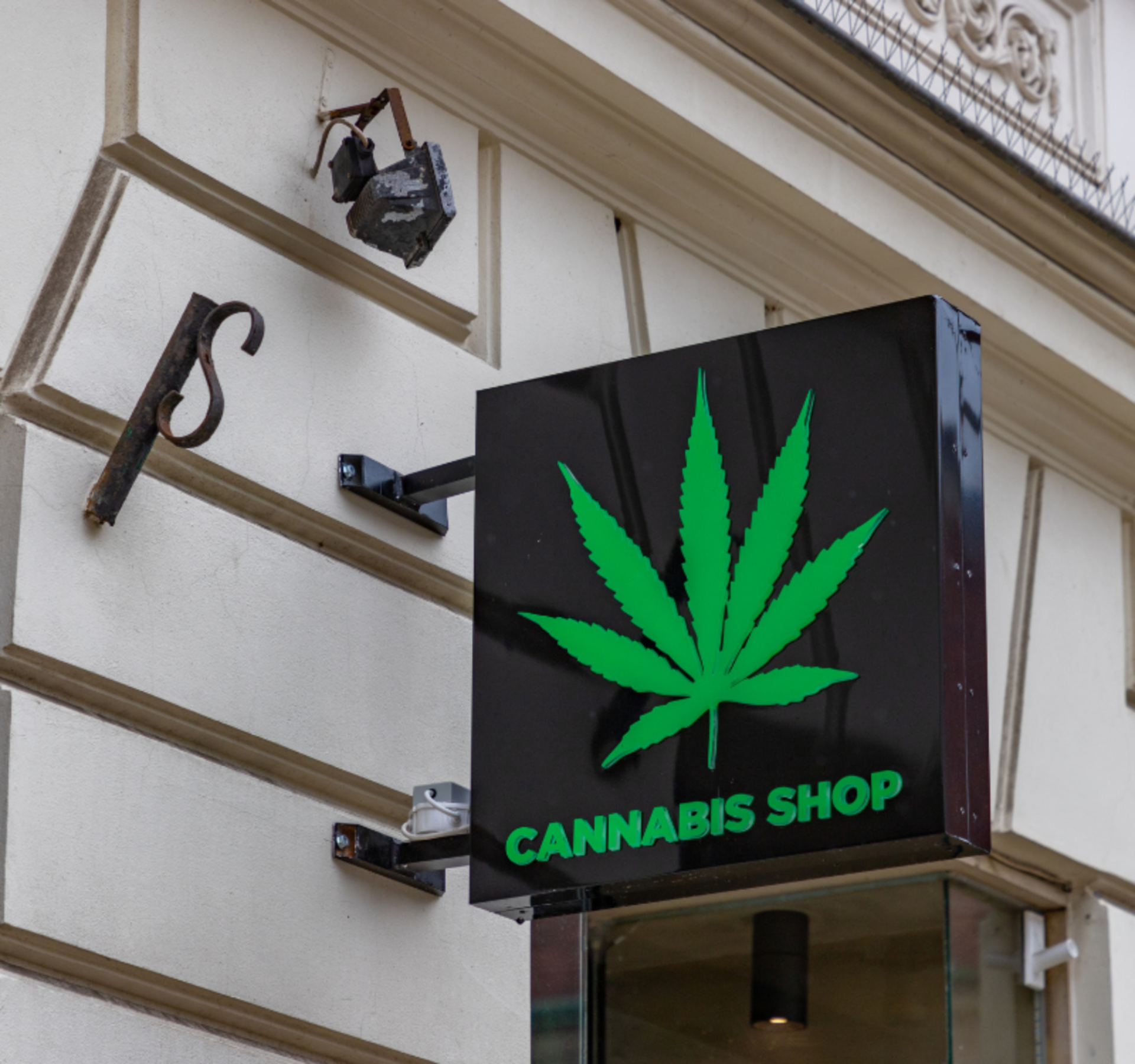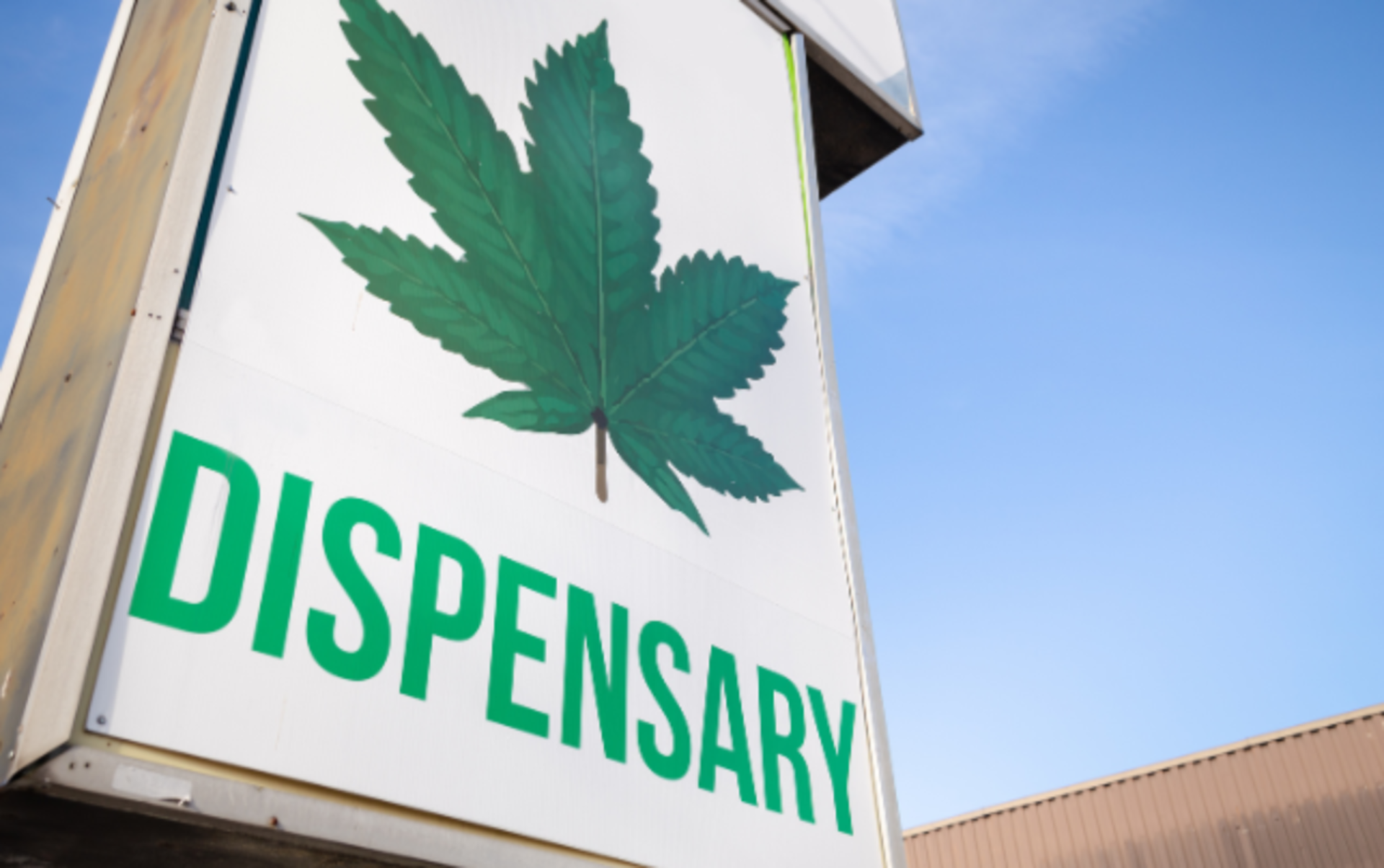
No Clear Path for Cannabis in Food and Beverage Products
The manufacturing of food and beverage products in the United States involves a complicated regulatory structure that includes local, state, and federal permitting and oversight. If a company is producing a food or beverage product anywhere in the United States, it is likely such activity is regulated by the Food and Drug Administration (FDA) at the federal level.
The FDA’s authority is incredibly broad as the agency regulates all foods and food ingredients introduced into or offered for sale in interstate commerce, except for meat, poultry, certain processed egg products, and catfish, which are regulated by the United States Department of Agriculture.
With the passage of the 2018 Farm Bill that removed hemp and derivatives of cannabis with extremely low concentrations of THC from the definition of marijuana in the Controlled Substances Act and the widespread legalization of marijuana, both adult use and medical, at the state level, there continues to be a great deal of confusion surrounding the use of cannabis in food and beverage products.
Cannabis products were poised to be the next big thing in the consumer packaged goods industry attracting the interest and investment from large international corporations as well as smaller, regional CPG producers. However, neither the United States Congress nor the FDA have allowed cannabis or CBD as ingredients in food or beverage products.
Despite the growing popularity of cannabis-derived products, at the federal level, these products are largely illegal. This means companies cannot manufacture cannabis-derived products and place them in interstate commerce.
In January, the FDA announced it would not regulate CBD products but plans to work with Congress to craft a new regulatory pathway for CBD infused food and beverage products. While this news is promising for the future of food and beverage products that could contain cannabis or CBD, the pace of regulatory evolution has had a chilling effect on the widespread introduction of CBD based food and beverage products to the market.
State law varies on the legality of using cannabis or CBD in food and beverage products creating a legal gray area for producers. The conflicting laws from state to state and the lack of oversight by the FDA has led to compromised product quality and deceptive marketing efforts in states where cannabis and CBD are legal. Using CBD as an ingredient in a food or beverage product presents tremendous risk due to the current federal and state regulatory uncertainty.





